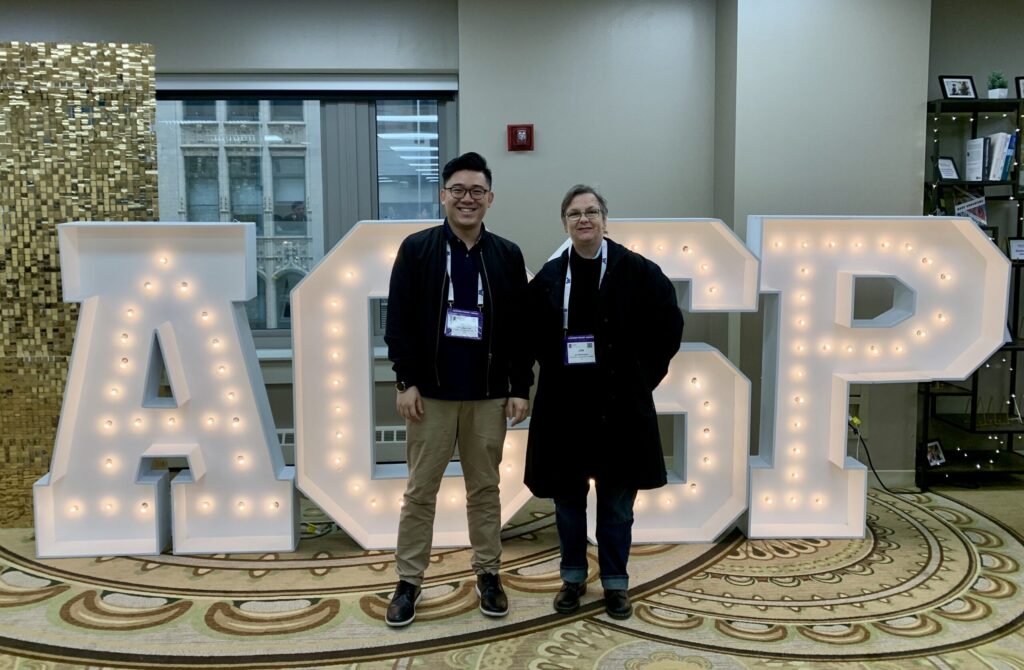This year in Chicago, UIL had two individual paper presentations and co-organized one professional development workshop about planning education in climate change. See you next ACSP in Seattle.

Professional Development Workshop: Building University Capacity for Transformative Climate Research and Teaching
Jan Whittington, Isabelle Anguelovski, Jeff Carney, Amy Clement, Carolyn Cox, Katherine Lieberknecht, Katharine Mach, Damian Pitt
Abstract: Many universities have long had climate centers that focused on climate and atmospheric modeling. However, as society increasingly recognizes the imperative for climate action under a complex and deeply uncertain future (Folke, 2016), some universities have begun to organize institutional arrangements that support interdisciplinary, applied, action-oriented, and engaged research and teaching. These initiatives create new spaces within the academy to pilot and model the kind of transformative collaboration that planning scholars have been advocating is necessary out in the real world (Goodrich et al., 2020; Shi and Moser, 2020).
This Professional Development Workshop, organized by the ACSP Climate Change Task Force, provides an opportunity to hear from the experiences of a selection of climate initiatives, consider how institutional design affects projects and impacts, and debate whether and how to scale up from their early experiments. In convening this workshop, the Task Force aims to build connections among those who have been grappling with the organizational challenges of launching new initiatives. It also invites conversation among faculty and early career scholars who are contemplating proposing such efforts in the future as to how best to proceed.
In the first half of the workshop, faculty who lead or are directly involved in their schools’ climate-relevant initiatives will briefly (5 min) share their organizational structure, mission, and projects. At the time of abstract submission, the following faculty are confirmed to participate in the session. The listed initiatives represent diverse scopes and organizational arrangements. Some are networks among schools, some are based within a single school, and some focus on developing relationships between universities and their surrounding communities. Some focus more on the natural sciences, some on research, some on design and implementation. Reflecting this, the names of these initiatives include labs, academies, institutes, and centers.
Climate Justice and Policy Diffusion in the U.S. Cities – The Mechanisms of Internal and External Diffusion
Abstract: Climate justice has emerged as a crucial concern in policymaking, focusing on safeguarding the rights of vulnerable and disadvantaged groups and ensuring the equitable sharing of climate change’s impacts. Numerous US cities have begun incorporating climate justice considerations into their policies, but the processes through which local governments adopt these policies remain unclear, despite the significant attention given to climate adaptation work in the literature. To address this gap, this study employs policy diffusion theory and logistic regression modeling to analyze the adoption of climate justice in city government policy-making processes. The study draws on data from Diezmartínez and Short Gianotti’s (2022) open data repository, which contains official climate action plans from the largest 100 US cities. The research aims to examine how various determinants of external and internal diffusion, such as learning, imitation, normative pressure, competition, coercion, budget, manpower, and knowledge, influence cities’ engagement with climate justice.
Understanding Employees’ Residential Choices in the New Normal Using Commute Seattle Survey
Abstract: The outbreak of COVID-19 resulted in the wide adoption of work-from-home and flexible work arrangements, which is commonly referred to as the New Normal. Recent studies suggested that the New Normal has come with significant changes in commuting behaviors and many employees’ residential location preferences (De Haas et al., 2020; Pawar et al., 2020; Pawar et al., 2021; Shakibaei et al., 2021).
However, these studies did not systematically investigate, nor fully explain, the resulting pattern of employees’ residential choices within the metropolitan area. Closing this research gap will be essential for effective planning for urban transportation, housing provision, and post-pandemic economic recovery. This study aims to deepen the understanding of employees’ residential location choices in the New Normal by addressing the following questions: (1) How significant is the intra-metropolitan residential relocation phenomenon in the US during the New Normal and what is its spatial pattern? (2) In what ways are the residential relocation decisions related to employees’ household and occupational characteristics, neighborhood and built environment characteristics, and employer’s workplace policy factors? (3) How do these factors jointly influence employees’ residential choices?
This study uses data from the Seattle 2022 Commute Survey, which collects information on individuals’ sociodemographic characteristics, work arrangements, work and home locations, commute and non-commute travel behaviors, and related considerations. The preliminary results of our data analysis indicate that: (1) about 30% of workers relocated within the metropolitan area – around 11% of employees moved closer to their worksites, and about 20% of the employees moved farther from their worksites; (2) about 20% of employees working in hybrid work arrangements moved farther from their worksites; (3) in contrast, about 17% of essential workers moved closer to their worksites while less than 5% of full-remote workers moved closer to their worksites. For the third research question, we are currently estimating and comparing alternative statistical models, including a multinomial logit model, to identify and assess the contributing factors to residential choices. Our findings, based on empirical data from Seattle, contribute to the literature on employees’ residential choices within the metropolitan area during the New Normal.